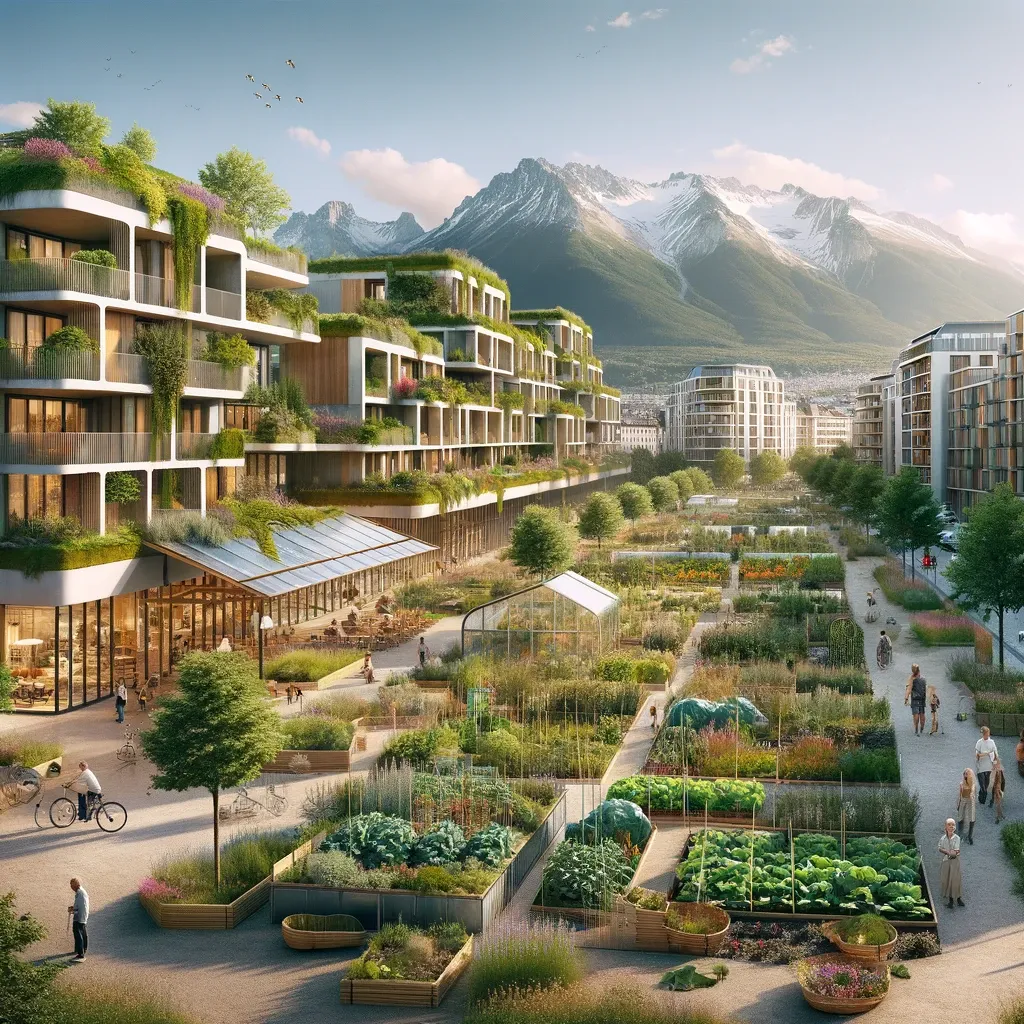In the Eau-Bois area of Grenoble: Want to connect with neighbors.

In order to prevent day-to-day problems related to housing and neighbors, outreach was done to residents in 2023
Margot Escheverry, in charge of social innovation and territorial development for the owner of Ho-Bua Actis. "You shouldn't assume that everything will be fine just because we have a beautiful timber building in a great neighborhood," she emphasizes. It is necessary to provide assistance as early as possible. After all, the architectural and environmental uniqueness of the building should not detract from social issues. Even if the building is the new star of ecological transformation.The construction of the Haut-Bois was indeed the first in France in the collective construction of high-rise wooden buildings.
The building is also characterized by its very low energy consumption. Its construction project has become a learning case, visited every month by students, architects, wood or real estate professionals, authorities and technicians from other social tenants.



This collective work has helped to combat the immorality that spoils the Ho-Bua neighborhoods
be it waste management (garbage, sorting and recycling), throwing cigarette butts out of windows or parking. For example, bollards and large stones were installed at the entrance to the alley to prevent parking directly in front of the front door of the building. These decisions were made in collaboration with a group of concerned residents. "We proposed regular meetings at the end of the day so that they had space to freely communicate and we could create a collective discussion," says Nance Leclercq, sociocultural animation consultant for Actis.In addition to practical and logistical issues, these meetings have also "improved relations with the landlord," he points out, and "stimulated relations with neighbors"
as no one knew each other before moving in. The population of Ho-Bois is very diverse: families and single people, retired and working people, people coming from other social housing facilities in Grenoble or from other cities. "Most were very happy to move to a new neighborhood about which nothing bad is said, both apprehension and the desire to get to know the neighbors were present", noted Nance Leclercq. Each meeting drew about half a dozen residents.In parallel, several "routine" problems had to be eliminated: Ho-Bua is heated in winter and cooled in summer by means of a calorifier (double flux), supplemented by a heat supply when the temperature drops. There are no visible radiators in the apartments, only ventilation outlets, which should not be covered. To publicize the "intensive pedagogical work to implement this functioning", notes Margot Escheverry, a graphic designer was hired to create attractive and clear instructions.
Another problem was the oriented sunscreens (exterior louvers), which were not installed on the south façade so that the building would "capture" the sun's energy. "People on that side were complaining about the heat, so we launched a campaign of installing thermometers to objectify that feeling and then looked at the results with them," explains Margo Escheverry. Everyone was able to recognize that the temperatures between the north and south facades were quite similar. Another figure, however, shows the usefulness of this involvement of the building owner: in two years, the "tournus" in Ho-Bois has been very low, with only one departure out of 56 apartments.
Comment
Popular Posts
Popular Offers

Subscribe to the newsletter from Hatamatata.com!
Subscribe to the newsletter from Hatamatata.com!
I agree to the processing of personal data and confidentiality rules of Hatamatata










